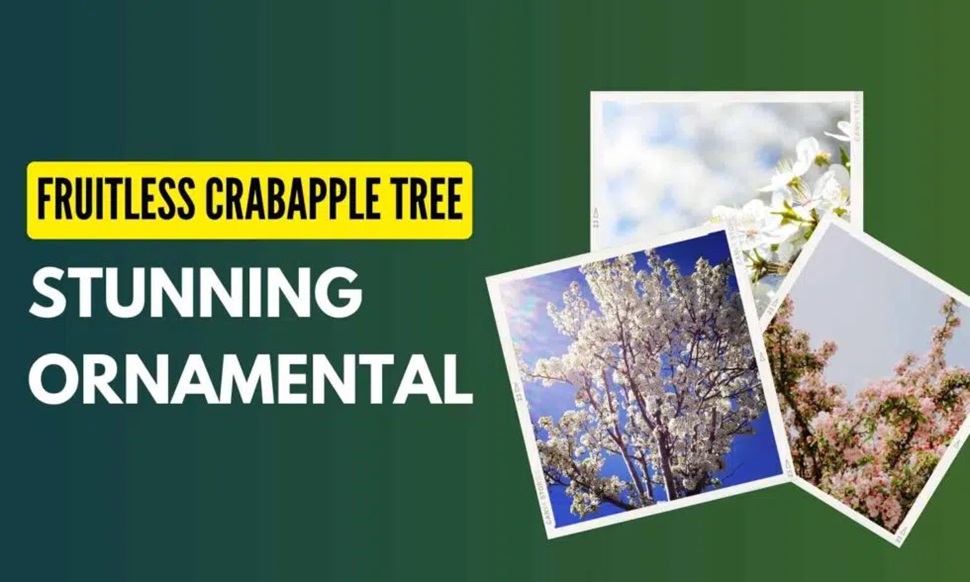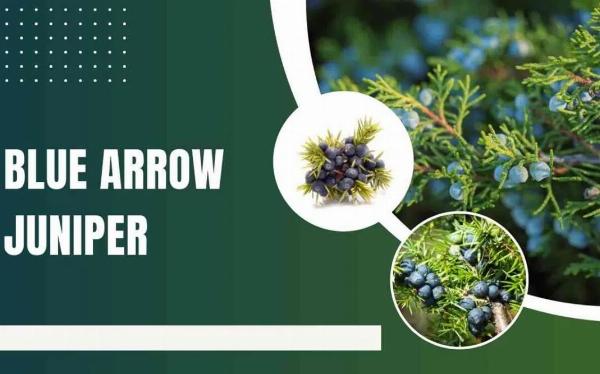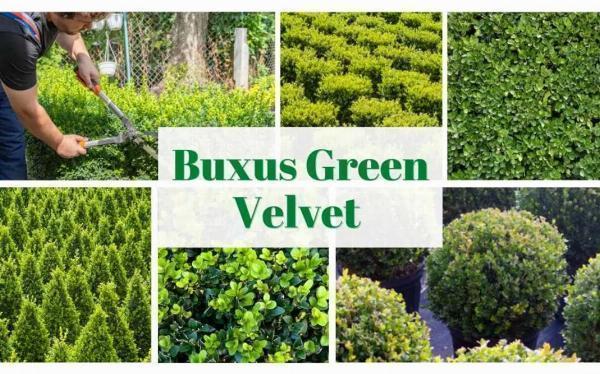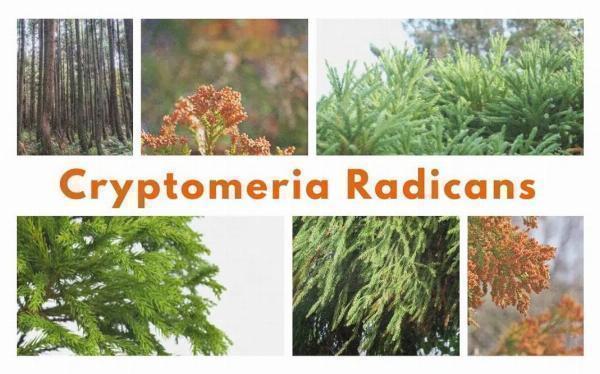Fruitless Crabapple Tree: A Stunning Ornamental Choice

Title: The Enchantment of the Fruitless Crabapple Tree: A Stunning Ornamental Choice
In the realm of ornamental trees, few choices can rival the allure of the fruitless crabapple tree. With its delicate blossoms, picturesque form, and rich history, this tree stands as a timeless symbol of beauty and grace in gardens worldwide. Despite its lack of fruit-bearing capabilities, the fruitless crabapple tree captivates admirers with its abundance of other virtues, making it a captivating addition to any landscape.
**Aesthetic Appeal:**
At the heart of the fruitless crabapple tree's charm lies its stunning aesthetic appeal. In spring, the tree bursts into a profusion of delicate flowers, adorning its branches with clouds of pink, white, or red blooms. These blossoms not only provide a breathtaking display but also attract pollinators, such as bees and butterflies, enhancing the ecological diversity of the garden.
Beyond its springtime splendor, the fruitless crabapple tree continues to captivate throughout the seasons. In summer, its lush foliage offers shade and shelter, while in autumn, the leaves transform into a kaleidoscope of fiery hues, painting the landscape with shades of gold, orange, and crimson. Even in winter, the tree's elegant silhouette adds structure and interest to the garden, especially when dusted with a layer of snow.
**Versatile Landscape Applications:**
The fruitless crabapple tree's versatility makes it an ideal choice for a wide range of landscape applications. Whether as a focal point in a formal garden, a centerpiece in a mixed border, or a graceful accent along a driveway or walkway, this tree adds a touch of elegance and sophistication to any setting.
Furthermore, its moderate size—typically reaching heights of 15 to 25 feet—makes it suitable for both large estates and compact urban gardens. With proper pruning, the fruitless crabapple tree can also be trained into various shapes, including a standard tree form or an espalier against a wall, allowing for creative design possibilities.
**Low Maintenance Requirements:**
One of the most appealing aspects of the fruitless crabapple tree is its low maintenance requirements. Unlike fruit-bearing varieties, which may require regular pruning and pest management to maintain fruit quality, fruitless crabapples are largely free from such concerns.
With minimal care, including occasional pruning to shape the tree and remove dead or damaged branches, as well as adequate watering and fertilization, the fruitless crabapple tree thrives in a variety of climates and soil conditions. Its adaptability and resilience make it an excellent choice for novice and experienced gardeners alike.
**Historical and Cultural Significance:**
Beyond its ornamental value, the fruitless crabapple tree holds a rich history and cultural significance. In many cultures, crabapple trees have long been revered for their symbolism of love, fertility, and abundance. In folklore and mythology, these trees are often associated with goddesses, spirits, and tales of enchantment, adding an extra layer of mystique to their allure.
Moreover, crabapples have played a role in culinary traditions for centuries, prized for their tart flavor and high pectin content, which makes them ideal for making preserves, jellies, and sauces. While fruitless varieties do not produce edible fruit, they still carry on the legacy of their fruit-bearing counterparts, evoking nostalgia and appreciation for the traditions of the past.
**Environmental Benefits:**
In addition to its aesthetic and cultural significance, the fruitless crabapple tree offers numerous environmental benefits. As a native species in many regions, it provides valuable habitat and food sources for wildlife, including birds and insects. Its flowers attract pollinators, supporting biodiversity and ecosystem health.
Furthermore, like all trees, the fruitless crabapple helps mitigate climate change by absorbing carbon dioxide and releasing oxygen, thereby reducing greenhouse gas emissions and improving air quality. By planting fruitless crabapple trees in urban and suburban areas, communities can enhance their green spaces while contributing to the fight against climate change.
In conclusion, the fruitless crabapple tree stands as a testament to the enduring beauty and versatility of ornamental trees. With its captivating blossoms, graceful form, and rich cultural heritage, it serves as a stunning focal point in gardens and landscapes around the world. Whether admired for its aesthetic appeal, historical significance, or environmental benefits, the fruitless crabapple tree continues to enchant and inspire generations of gardeners and nature lovers alike.
Note: IndiBlogHub features both user-submitted and editorial content. We do not verify third-party contributions. Read our Disclaimer and Privacy Policyfor details.







